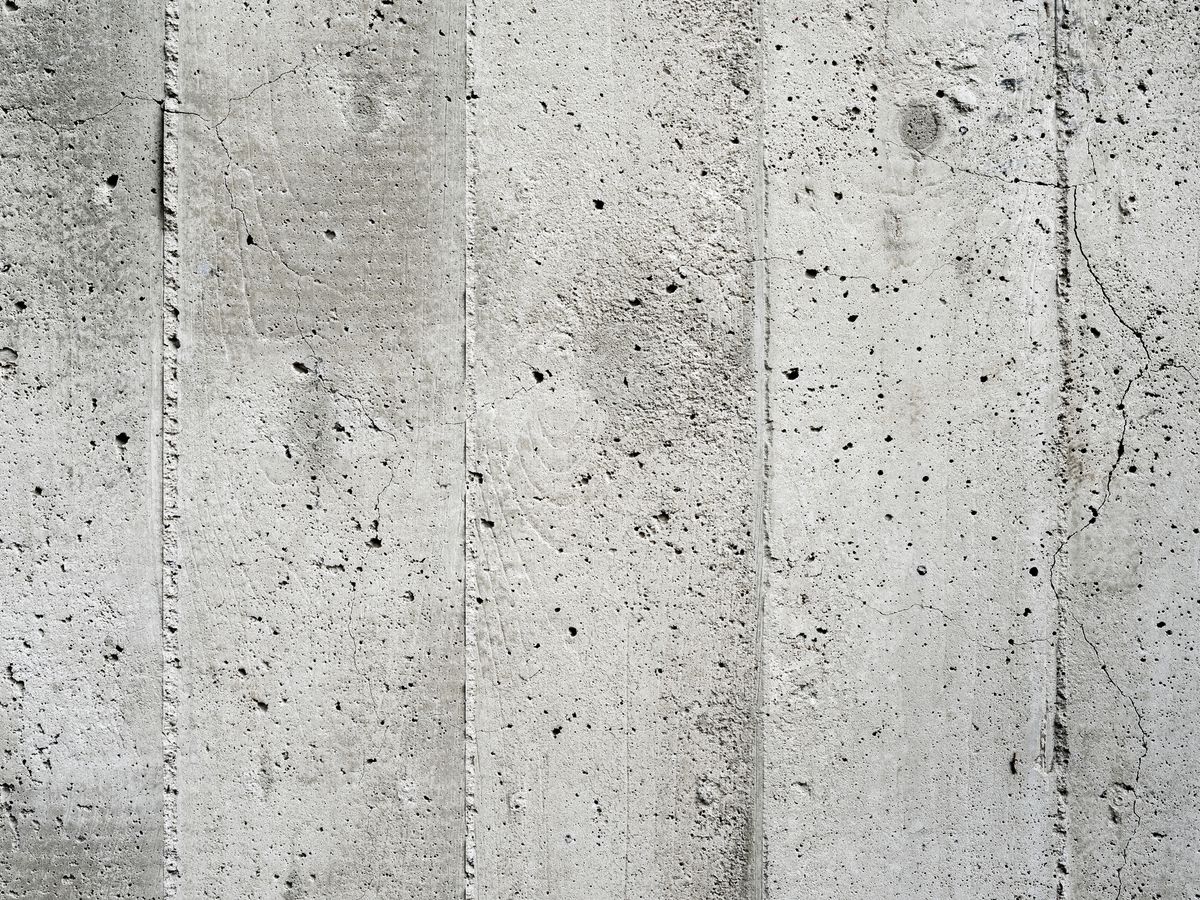A Comprehensive Guide to Concrete Projects: From Costs to Cold Weather Considerations
Concrete is one of the most versatile and durable materials used in construction. Whether you’re building a patio, installing piers, or considering the costs of removing a concrete slab, it’s essential to understand the nuances of working with concrete. In this blog, we’ll explore various concrete-related topics, including concrete blocks, curing in cold weather, concrete patio costs in Omaha, and more.
1. Using Concrete Blocks for Your Projects
Concrete blocks, also known as cinder blocks, are commonly used in construction for building walls, foundations, and retaining structures. They offer several advantages:
- Durability: Concrete blocks are long-lasting and resistant to fire, water, and pests, making them an ideal choice for structural projects.
- Versatility: They can be used for a variety of applications, including garden walls, fire pits, and even outdoor furniture.
- Cost-Effectiveness: Concrete blocks are relatively affordable compared to other building materials, especially when you consider their durability.
If you’re considering a project that involves concrete blocks, be sure to choose the right size and type for your needs, and consult with a professional to ensure proper installation.

2. Concrete Curing in Cold Weather
Curing concrete in cold weather can be challenging, as lower temperatures can slow down the curing process and affect the strength of the final product. Here are some tips for successful concrete curing in cold conditions:
- Use Warm Water: Mixing concrete with warm water can help maintain a higher internal temperature, aiding the curing process.
- Add Accelerators: Chemical accelerators can speed up the curing time and help concrete set properly in cold temperatures.
- Insulate the Area: Use blankets or insulating materials to cover the concrete and protect it from freezing. This will help maintain a stable temperature and ensure even curing.
- Monitor the Temperature: Keep an eye on the forecast and avoid pouring concrete when temperatures are expected to drop below freezing for an extended period.
Properly curing concrete in cold weather is crucial for preventing cracks and ensuring the strength and durability of the structure.
3. Concrete Patio Cost in Omaha
Concrete patios are a popular choice for homeowners in Omaha due to their durability, low maintenance, and design versatility. The cost of installing a concrete patio can vary based on several factors:
- Size and Complexity: Larger patios or those with intricate designs, such as stamped or stained concrete, will cost more.
- Materials: Standard concrete costs less than specialty finishes or decorative elements.
- Labor: Professional installation is recommended to ensure a long-lasting patio. Labor costs in Omaha typically range from $4 to $8 per square foot, depending on the complexity of the project.
On average, you can expect to pay between $2,000 and $5,000 for a standard concrete patio in Omaha. For more complex designs, the cost can go up to $10,000 or more.
4. Concrete Piers: A Strong Foundation Solution
Concrete piers are an excellent choice for supporting heavy structures, such as decks, porches, or even entire buildings. They provide a stable and durable foundation that can withstand various soil conditions. Here are some benefits of using concrete piers:
- Strength: Concrete piers distribute the weight of the structure evenly, reducing the risk of settling or shifting.
- Versatility: They can be used in a variety of soil types and are ideal for areas prone to moisture or erosion.
- Longevity: When properly installed, concrete piers offer a long-lasting solution that requires minimal maintenance.
Installing concrete piers is a specialized job that should be handled by professionals to ensure proper placement and structural integrity.
5. Concrete Slab Removing Cost
Removing a concrete slab can be necessary for various reasons, such as remodeling, repairing damage, or making way for a new structure. The cost of removing a concrete slab depends on several factors:
- Size of the Slab: Larger slabs will naturally require more time and labor to remove.
- Thickness and Reinforcement: Slabs that are thicker or reinforced with rebar will be more challenging to break apart and remove.
- Location: Accessibility of the slab can impact the cost. Slabs in hard-to-reach areas or near delicate structures may require special equipment and techniques.
On average, the cost to remove a concrete slab ranges from $2 to $6 per square foot. This includes breaking up the concrete, hauling away the debris, and disposing of it properly. Additional costs may apply if you need to prepare the area for new construction or landscaping.
Conclusion
Understanding the different aspects of working with concrete—from using concrete blocks to managing concrete curing in cold weather—can help you plan your project more effectively. Whether you’re building a new patio in Omaha, installing concrete piers, or removing an old slab, having the right information can save you time and money.
Check Out This Blog!

